University Research Study in Walnut Creek
A significate and diverse number of aquatic species call the Chicopee Woods Nature Preserve home. This pristine preserve has proven to be a good resource for academic research and watershed studies.
Recently, students in the University of North Georgia-Gainesville Wildlife Ecology and Management program, under the instruction of Associate Professor Michael Bender, Ph.D., completed a minnow population survey in Walnut Creek. Findings give real time evidence relating to water quality and habitat balance within the Walnut Creek area.
Walnut Creek runs along the Dodd Trail in the Nature Preserve. If you are an avid Chicopee Woods hiker, you have likely seen the small minnow traps in this creek. These minnow traps allow for safe trapping of minnow populations to be recorded and then released with no physical harm.
“My initial plan was to use a series of minnow traps that would be rotated to various areas to sample a variety of habitat types and stream reaches based on trap type, bait type, habitat, surrounding landscape characteristics, efficacy of adding light attractants, etc.,” explains Dr. Bender. “We had a couple of good weeks and some slow, but we have been able to get a better handle on how trap types influence captures and the influence of habitat type.”
As water passing through the Chicopee Woods flows further and further down the Oconee Watershed, many of these minnows will grow into their adult fish forms, providing equilibrium to their habitats downstream. Research, such as this study, offers insight into overall watershed health by providing specific data from this location.
For decades, the Chicopee Woods has provided a backdrop for scientific exploration. Research permits are required for any individual or group interested in conducting studies within Chicopee Woods. Contact Elachee Nature Science Center at 770-535-1976.
Following are the minnow species the UNG-Gainesville students identified in the Walnut Creek study over an 8-week period.
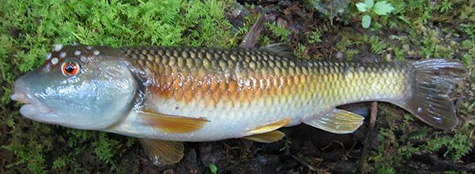
Common Name: Bluehead Chub
Key Physical Characteristics:
Visible Barbels in Corner of Mouth, Horny Tubercles on Large Males
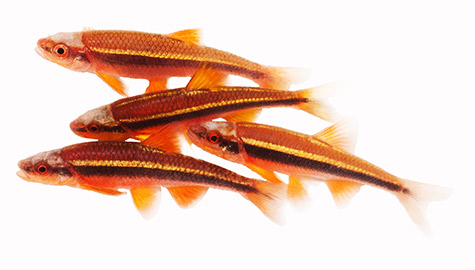
Common Name: Yellowfin Shiner
Key Physical Characteristics:
Prominent Dark Line Down Side of Body, No Barbels, Terminal Mouth
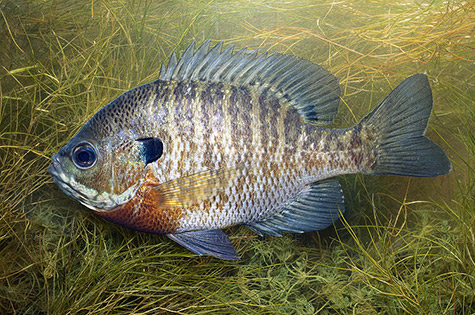
Common Name: Bluegill
Key Physical Characteristics:
Laterally Compressed Sunfish Shape with 3 Anal Fin Spines, Long Pointed Pectoral that Extends Past Pupil When Laid Forward, Spot on Posterior Portion of Dorsal Fin
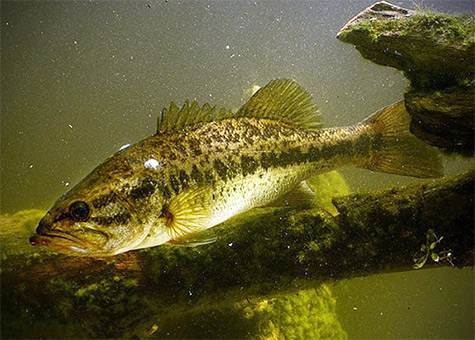
Common Name: Largemouth Bass
Key Physical Characteristics:
Large Mouth Extends Past Eye, Blotches on Side
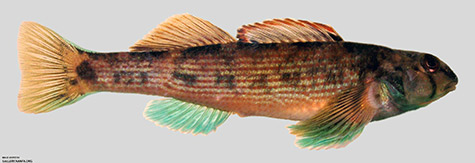
Common Name: Green Sunfish
Key Physical Characteristics:
Sunfish Shape but Body Less Deep and Slightly More Bass-like, White Margin on Earflap, Light or Yellow Fin Margins in Males
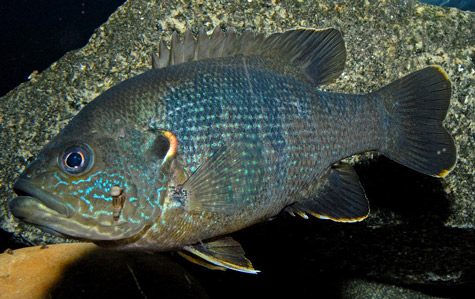
Common Name: Turquoise Darter
Key Physical Characteristics:
Small Darter Shape, Large Pectoral and Pelvic Fins Near Each Other, 2 Large Dorsal Fins, Multiple Dark Blotches on Side
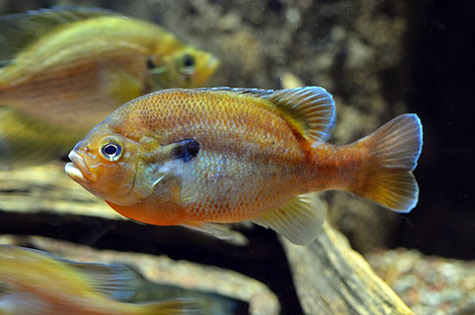
Common Name: Redbreast Sunfish
Key Physical Characteristics:
Sunfish Shape, Long and Flexible Ear Flap Dark to the Edge, often Dark from Ear, Flap Extends from Ear Flap Toward Eye
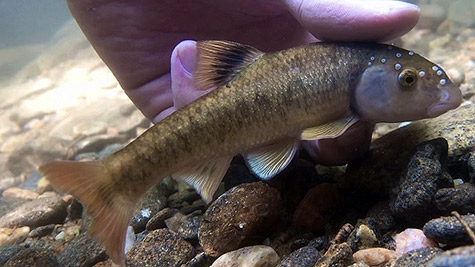
Common Name: Bluefin Stoneroller
Key Physical Characteristics:
Subterminal Mouth, Cartilaginous Lower Jaw, no Fleshy Lips
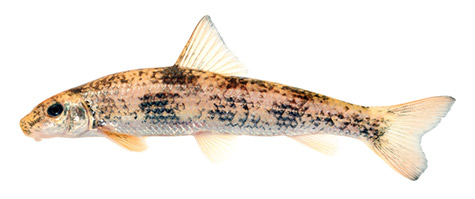
Common Name: Striped Jumprock
Key Physical Characteristics:
Fleshy Lips Plicate (long fleshy folds/ridges), Subterminal Mouth Vacuum-like, Horizontal Lines Down Sides of Body
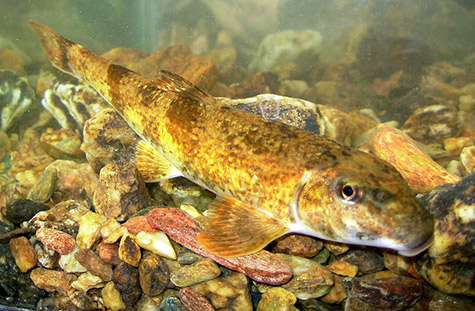
Common Name: Northern Hog Sucker
Key Physical Characteristics:
Fleshy lips Papillose (fleshy raised dots/mounds), Subterminal Mouth Vacuum-like, Indistinct Saddles on Body, Top of Head Flat or Concave between Eyes
Elachee Nature Science Center promotes environmental understanding through education and conservation. Read the Elachee history.
